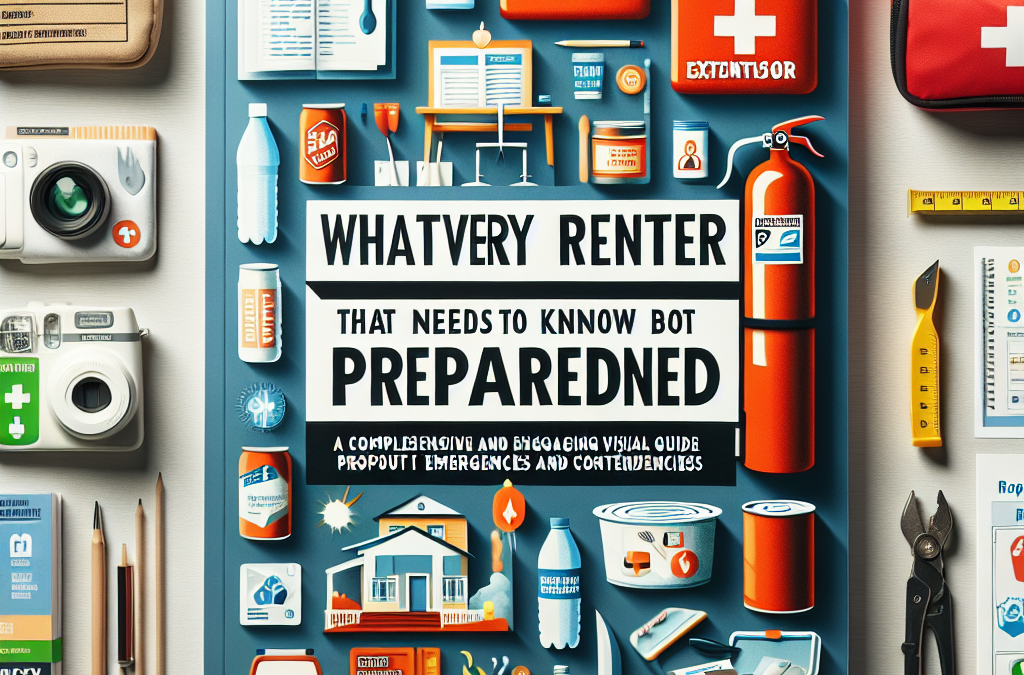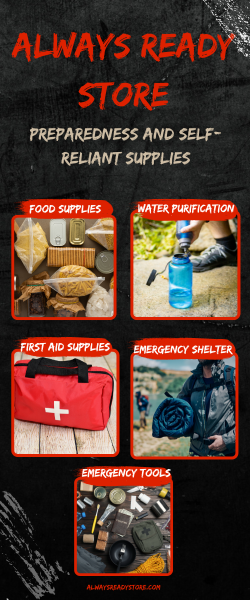Understanding the Importance of Preparedness
Why Preparedness Is Key
Let me tell you, being prepared as a renter is absolutely crucial. From my experience, you never really know when something is going to go wrong—floods, fires, or even unexpected maintenance issues can pop up out of nowhere. It’s like life throwing a curveball when you least expect it. Being prepared gives you peace of mind and ensures that you’re not left scrambling when things go awry.
Plus, let’s be honest, being a renter means that you’re navigating a different ballpark compared to homeowners. Your landlord has certain responsibilities, but you can’t always rely solely on them. If there’s an emergency, you need to have a game plan ready to go. That’s why I’m all about keeping things organized and knowing what to do.
And speaking of knowing what to do, staying aware of local emergency procedures is a biggie. Trust me, knowing your building’s evacuation routes and emergency contacts can be a lifesaver—literally! It puts you one step ahead in stressful situations when everyone else might be panicking.
Creating an Emergency Plan
Developing Your Plan
Alright, let’s get real. The first step in creating an emergency plan is just sitting down and making a list. I know it sounds boring, but hear me out! Identify potential emergencies specific to your area. For instance, if you live near a fault line, earthquakes should be on your radar. Or if you’re in a hurricane zone, that’s another thing to consider.
Once you’ve pinpointed those emergencies, take it a step further. Think about how you’d respond. Who would you contact? Where would you go? Write this all down. I can’t stress enough how helpful it is to have a printed copy tucked away somewhere handy in your apartment.
Lastly, don’t forget to involve your roommates or family members in this process. Everyone should be on the same page about the emergency plan. A quick meeting over snacks can help everyone understand their roles, and it makes the whole thing feel less daunting!
Thank you for reading this post, don't forget to subscribe NOW for FREE!
Building an Emergency Kit
What to Include
Your emergency kit is basically your survival bag! You want to pack it with all sorts of essentials to get you through unexpected situations. Start with the basics: food, water, and first aid supplies. It’s crucial to have enough non-perishable food to last a few days, just in case you can’t get to a store.
Don’t forget important documents, like rental agreements and IDs. Store these in a waterproof bag. In case of emergencies, the last thing you want is to be fumbling around for your lease in the middle of disaster. I’ve been there, and it’s so frustrating!
And hey, add some personal touches to your kit! Maybe it’s a flashlight with extra batteries or a blanket to stay warm. Think about what would keep you comfortable or safe during a tough time. Having items that make you feel a bit more at ease can make a world of difference when things get crazy.
Staying Informed and Connected
Use Technology to Your Advantage
In today’s world, staying informed has never been easier, and you should totally take advantage of that! I use apps that send warnings about severe weather or emergencies in my area. Set these up on your phone and keep notifications turned on—you never know when something important will pop up!
Beyond apps, consider connecting with your neighbors. Having a solid community can be incredibly helpful. I’ve found that simply introducing yourself to neighbors can lead to exchanging contact info. You never know when someone will be able to lend a helping hand!
Also, don’t shy away from local resources! Many communities host preparedness workshops or provide valuable resources. Getting involved not only helps you learn but also connects you with others who are in the same boat.
Review and Practice Your Plan
Testing Your Plan
Okay, so you’ve got your plan and your kit—now what? Reviewing and practicing your emergency plan is super key! I recommend going over your plan at least once or twice a year. Things change, and so do your needs, so keeping your plan fresh is important.
And practice makes perfect, right? Doing a mock drill with your roommates or family can help everyone feel more confident. Plan out what you’d do in different scenarios. You’ll even pick up on any gaps in your plan when you run through it together.
Finally, give your emergency kit a good once-over. Check expiration dates on food and batteries, and refresh any supplies that are low. Doing this will keep you prepared and ensure you’re ready for anything life throws your way!
FAQs
1. What should I include in my emergency kit?
You should include non-perishable food, water, a first aid kit, personal documents in a waterproof bag, flashlights, batteries, and any comfort items you might need.
2. How often should I review my emergency plan?
It’s a good idea to review your emergency plan at least once or twice every year, especially after any major life changes or if you move to a new place.
3. How can I stay informed about emergencies in my area?
Utilize apps that send alerts about severe weather or local emergencies. Also, consider joining local neighborhood groups or community boards to stay updated.
4. Should I involve my roommates in the preparedness process?
Absolutely! Involving your roommates (or family members) ensures that everyone is on the same page and knows their role during an emergency, which makes everything smoother.
5. What’s the first step I should take to prepare for an emergency?
The first step is to sit down and identify potential emergencies that are relevant to your area, then create a comprehensive emergency plan tailored to those risks.






